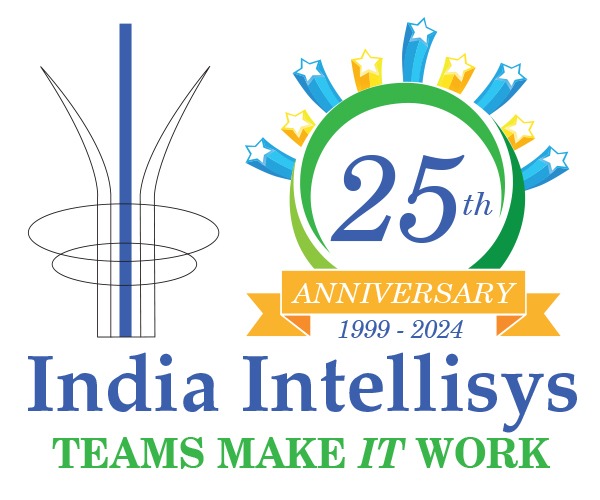High volumes of cash and credit cards that pass through a billing counter each day makes POS system a necessity, it can be in a Mall, Restaurant, Departmental stores or any other place. Not all POS systems suit one’s needs especially if the needs are peculiar. We had one such client with peculiar needs & it was a Golf Sporting Club with 1 Canteen & 2 outlets on their field.
Scope of the Project given to us was a one-liner & that is to install a POS billing system in order to replace their existing system which is decentralized / manual & to avoid pilferage. Before submission of the Proposal, based on the learnings from our experience, we conducted Due Diligence to evaluate the Project Scope & identify hurdles that we may be facing during the course of Project. This is a very important step & some may believe it to be unproductive by assuming that things can be dealt when we reach that stage of the Project but our belief is in providing exceptional service & commitment so we leave no stone unturned.
Due Diligence proved to be an eye opener as there were many findings of which we are going to share few in this Blog. Our first finding was that, out of the 3 locations where POS system had to be implemented, only the Canteen was connected with Internet while remaining 2 Outlets were in a remote location without any sort of network or signal. After a lot of deliberation, we laid out couple of options to the Club’s management. Options available were to lay the Network or continue to remain offline & push the data from POS device whenever its brought within the reach of Wi-Fi signal. Everyone opted to go with the latter option while considering to lay Network at the time when they expand, which was in another year’s time.
Our next finding was that there were 2 categories of Customers – Members & Guests. The problem was not having 2 categories but identifying multiple workflows while developing the Billing application. Client then started mentioning the various workflows that were required like
- Guests would stop using the current Token system & start paying only using Cards.
- Members shall not pay any money at the POS instead their transactions should be clubbed in the Monthly statement so that they can pay online along with their outstanding dues.
- Members should have an option to Split bill and sign their copy of acknowledgement receipts.
- Validation for Members has to be thru Thumb impression.
- During any given day, Members are not expected to place their Thumb, more than once, for validation.
To finalize the above workflows, we had to deliberate with the Management multiple times as they were very wary about it & we had to boost confidence in them by explaining the pros & cons that were involved.
One other finding was that the Client wanted POS transactions to be synced with their Accounting system (Tally). After deliberating, we identified that the version of Tally which they were using is freezed due to some other integration so it was not possible to sync the data. Instead, we built a report to export the data from our application, so that User can manually upload the file into Tally.
There were many other insignificant findings that we found, but not included in this Blog, during the course of our Due Diligence but everything was a learning.

